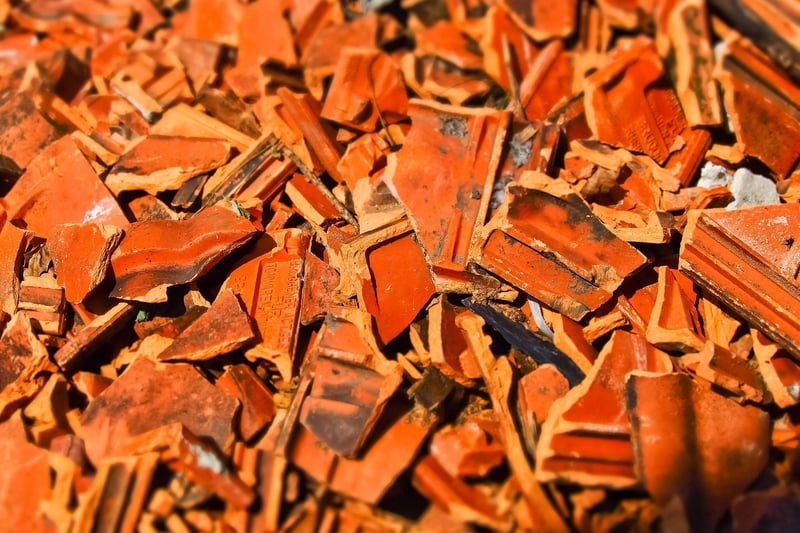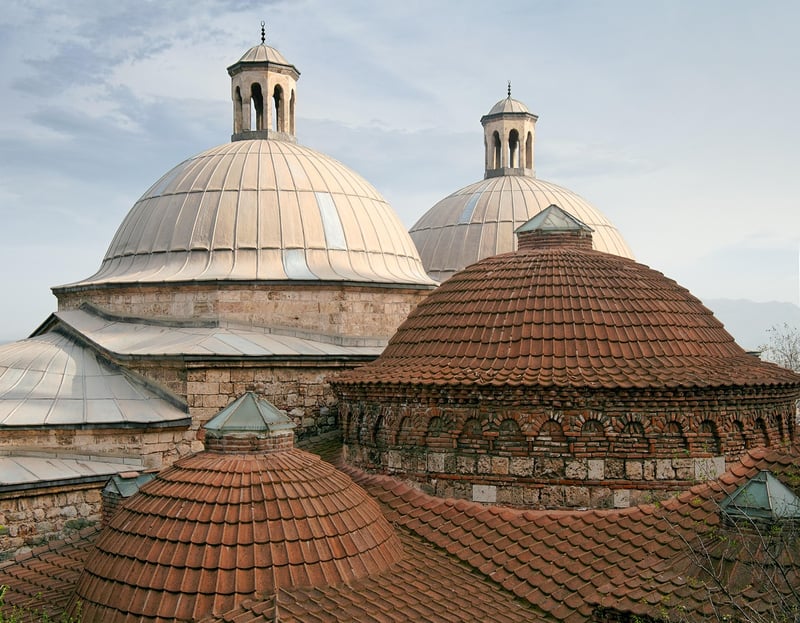Green Roofs
Bringing Nature to Urban Environments with Green Roofs

Urban environments are often characterized by concrete jungles devoid of greenery, but green roofs offer a sustainable solution to bring nature back into the cityscape. Green roofs, also known as living roofs or eco-roofs, involve the cultivation of vegetation on rooftops, providing a range of environmental and aesthetic benefits.
Benefits of Green Roofs:
- 1. Environmental Benefits:
- Reduction of urban heat island effect
- Improved air quality
- Stormwater management
- Biodiversity promotion
- 2. Economic Benefits:
- Energy savings through improved insulation
- Extended roof lifespan
- Increased property value
- 3. Social Benefits:
- Enhanced aesthetics
- Creation of green spaces in urban areas
- Promotion of physical and mental well-being
Types of Green Roofs:
There are two main types of green roofs:
- 1. Intensive Green Roofs:
Intensive green roofs feature a thicker soil depth, allowing for a wider variety of plant species and even trees to be grown. These roofs are more suitable for recreational areas or gardens.
- 2. Extensive Green Roofs:
Extensive green roofs have a shallower soil depth and are typically planted with low-maintenance vegetation like sedum and grasses. These roofs are lighter and easier to install.

Green Roofs and Sustainability:
Green roofs play a vital role in urban sustainability efforts by reducing energy consumption, mitigating urban heat, and promoting biodiversity. They contribute to creating more livable, resilient cities that prioritize the well-being of both people and the environment.
Whether you are a city planner, architect, or homeowner, considering green roofs in urban development projects can lead to a greener, healthier future for all.
Embrace the green roof revolution and transform urban landscapes into thriving ecosystems that benefit both present and future generations!
